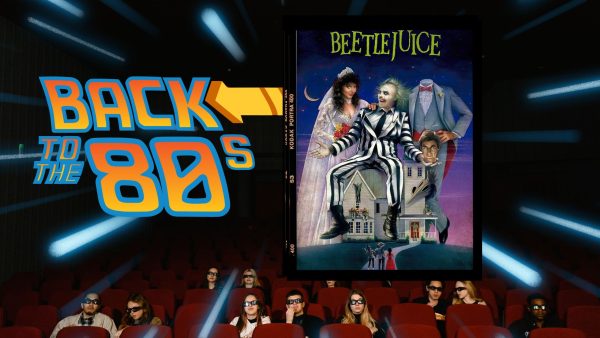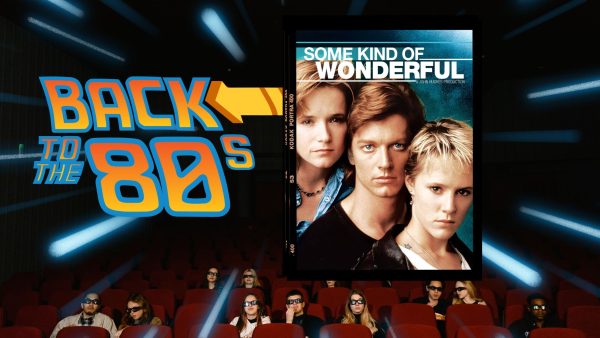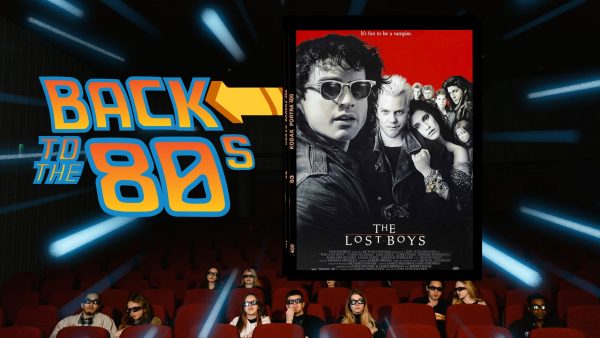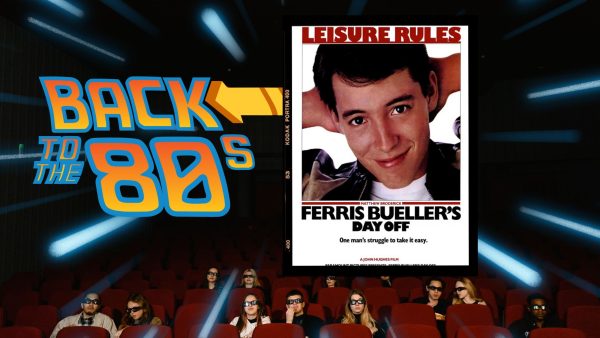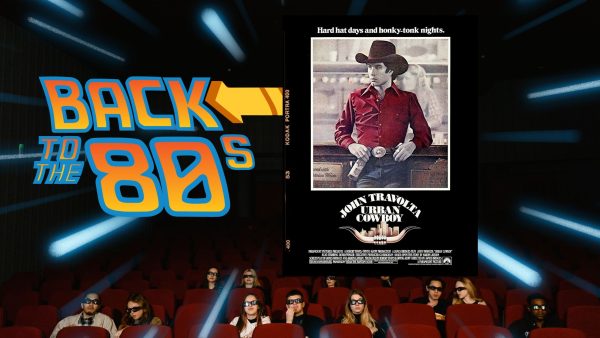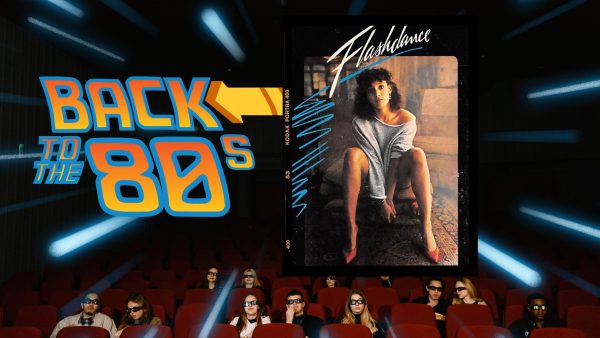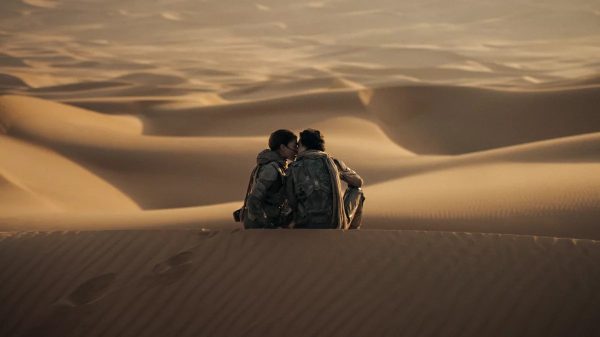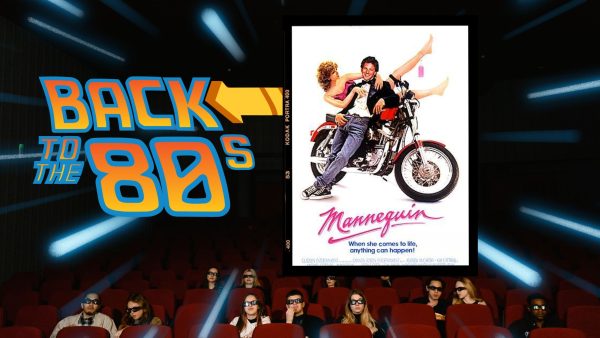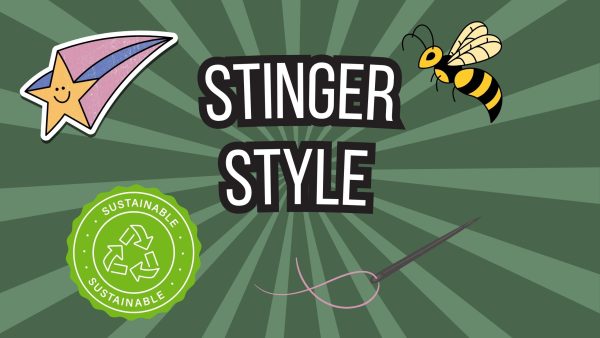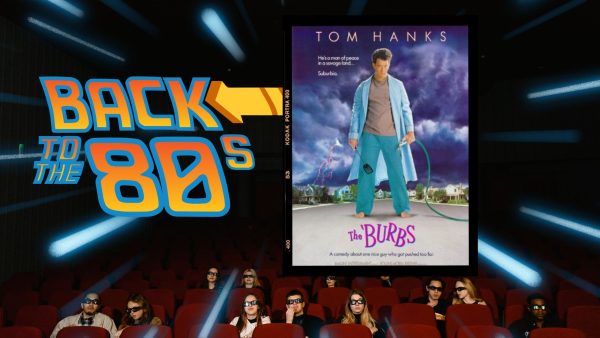Shallow lyrics in rap illustrate a need to return to social outcries
September 28, 2011
Let’s face it, the rap of today would get beat down by the rap of yesterday.
Take a look at the starting roster for the veteran rappers: Tupac at point guard, Notorious B.I.G. at shooting guard, Kurtis Blow at shooting forward, LL Cool J at power forward and Afrika Bambaataa at center.
Add the Wu-Tang Clan, Run DMC and A Tribe Called Quest to the bench.
Starting for the rappers of today: Eminem at point guard, Drake at shooting guard, Nicki Minaj at shooting forward, Kanye West at power forward and Lil Wayne at center.
Jay-Z, Soulja Boy, Waka Flocka Flame, and Chris Brown’s attempts at rap are on the bench.
See a problem? I do. At a glance it looks like the veterans will have a problem against the current superstars; however, once you look into the bench it seems to go downhill.
That’s exactly what’s wrong with rap today, the absence of depth. There’s zero depth in today’s rap in terms of both content of lyricism and roster.
Rap began as an outlet for people in low-income neighborhoods to recite their troubles through spoken poetry and rhythm. Lyrics used to be about opening minds up to what’s wrong with society and problems people faced.
“I think that rap started out as a way of speaking out to those who were struggling,” said sophomore liberal arts major Kevin Dailey. “But as some rappers gained more success, like Jay-Z, their raps changed to how (to) ‘I used to have nothing, but now I have everything,’ instead of relating to the common people who still do have problems.”
Rap music is the primary ingredient for hip-hop culture along with B-boying, graffiti, and DJing. Rap is a mixture of spoken or chanted rhyming lyrics.
Originating with the help of artists such as The Sugar Hill Gang, Afrika Bambaataa, and Kurtis Blow in the late 1970s in the East Coast, songs consisted of “Rappers Delight,” “The Breaks,” and “Planet Rock.”
Today, rap is about bragging rights about material things and massive wealth.
“The message it gives out to the youth is ridiculous,” said freshman pre-nursing major Davy Nonog. “It’s all about sex, drugs, hoes, money; it’s just the wrong message to me.”
Rap has lost its meaning of emotional release and evolved into a medium of boasting and self-idolizing.
Rap went through a golden age in 1987 to 1992. Lyricists such as Chuck D and De La Soul spread cultural diversity for the audience and rap used to discuss self-awareness and class differences.
Public Enemy’s highest selling record “Fight The Power” was all about resisting the status quo that was designed for a one-dimensional society. It was a perfect example of how rap was used for a deeper purpose than entertainment.
Because that’s what rap has become, mindless entertainment for an audience of ignorant followers who have fallen into a system of fads and Soulja Boy dances.
Lyrically, rap now consists of lines like “I got so much chips you can have a bag if you’re a snacker,” courtesy of Lil Wayne.
“I think rap now, it’s kinda evolving. There are so many styles these days that you don’t know which one to listen to,” said undeclared junior Brian Lorio. “I prefer how it was back in the day when it really meant something.”
There are some silver linings in the thunderclouds of rap today. Artists like Eminem, J. Cole and Wale take their lyrics into consideration within their material. However, lyricism has lost its importance and taken a back seat to whatever record companies think will sell the most records.
Rappers have a lot of potential power. They can mold upcoming generations by making one hit song that motivates the youth.
Rap music has, without a doubt, an influence on society; the content is vital to the message that the music can bring. Rap music needs to step up and get back to its original glory where the message was positive for the community.
































































































































